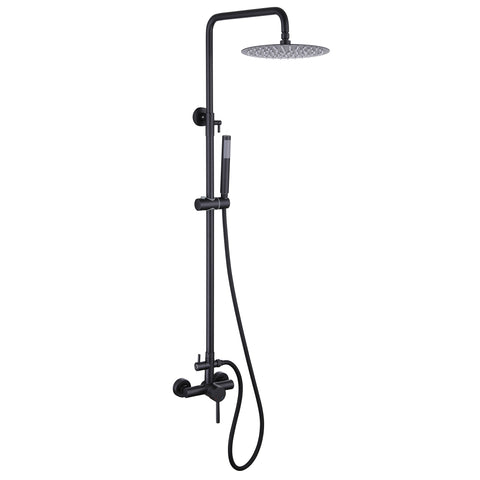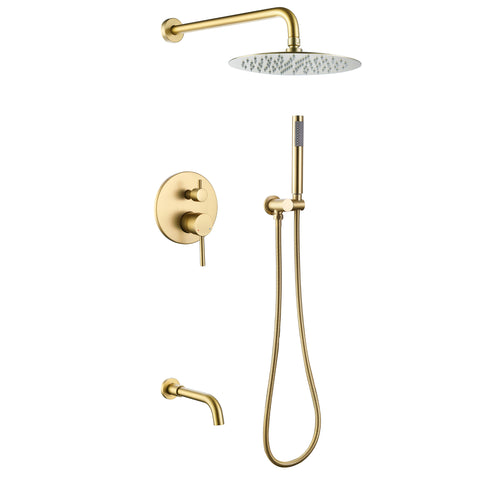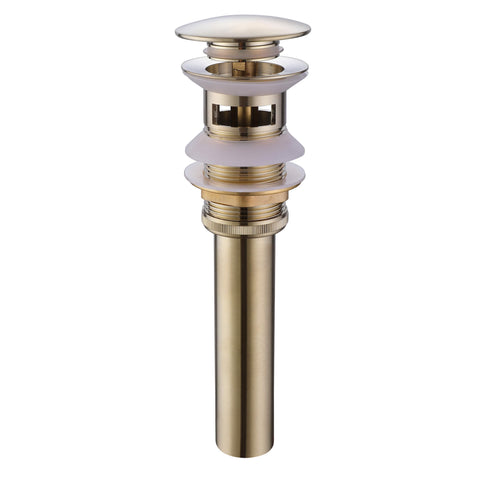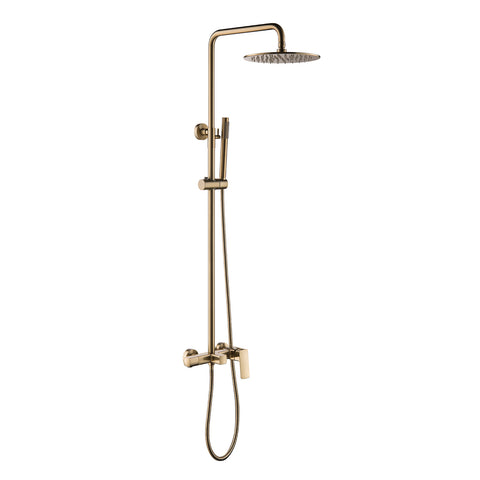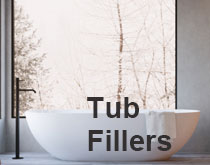How to Repair a Leaky Kitchen Faucet: Complete Guide
Repairing a leaky kitchen faucet can be a DIY project if you have basic tools and some patience. This step-by-step guide will help you fix a leaky kitchen faucet and restore smooth, leak-free operation.
Tools and Materials Needed
- Adjustable wrench
- Phillips and flathead screwdrivers
- Plumber’s tape (Teflon tape)
- Replacement parts (O-rings, washers, or cartridges) – identify your faucet’s brand and model first
Step 1: Turn Off the Water Supply
Locate the hot and cold shut-off valves under your sink and turn them clockwise to shut off the water supply before starting any work.
Step 2: Remove the Faucet Handle
a. Look for a decorative cap on the handle; gently pry it off with a flathead screwdriver.
b. Remove the screw beneath the cap using a screwdriver.
c. Lift the handle off the faucet; it may require slight wiggling if it’s stuck.
Step 3: Examine the Cartridge or Valve
Check the cartridge or valve inside the faucet body for damage or wear, which is often the source of leaks. Replace it if necessary, ensuring compatibility with your faucet’s brand and model.
Step 4: Replace O-Rings or Washers
For compression-style faucets, inspect and replace worn O-rings or washers, which are common causes of leaks. Disassemble further if needed to access these components.
Step 5: Apply Plumber’s Tape
Wrap Teflon tape clockwise around the threads of any connections to create a watertight seal before reassembling the faucet.
Step 6: Reassemble the Faucet
Reverse the disassembly steps, ensuring all parts are correctly aligned and tightened. Avoid overtightening to prevent damage.
Step 7: Turn On the Water Supply
Slowly open the shut-off valves and check for leaks. Tighten connections slightly if needed until the leak stops.
Step 8: Test the Faucet
Turn on the faucet to confirm there are no leaks and that it operates smoothly. Listen for unusual noises or irregular water flow.
Repairing a leaky kitchen faucet yourself can save time and money. By following these steps carefully, you can fix the issue and enjoy a leak-free kitchen faucet. If the problem persists or if you’re uncomfortable performing the repair, consult a professional plumber to avoid potential water damage.
